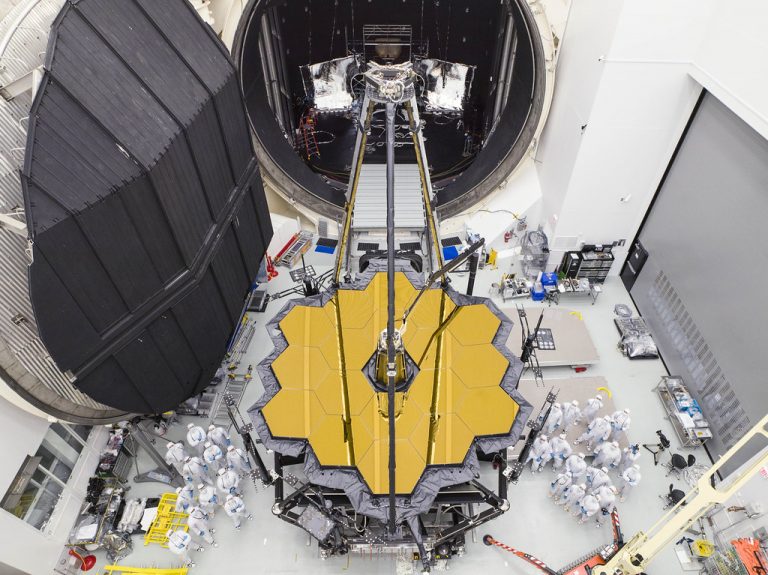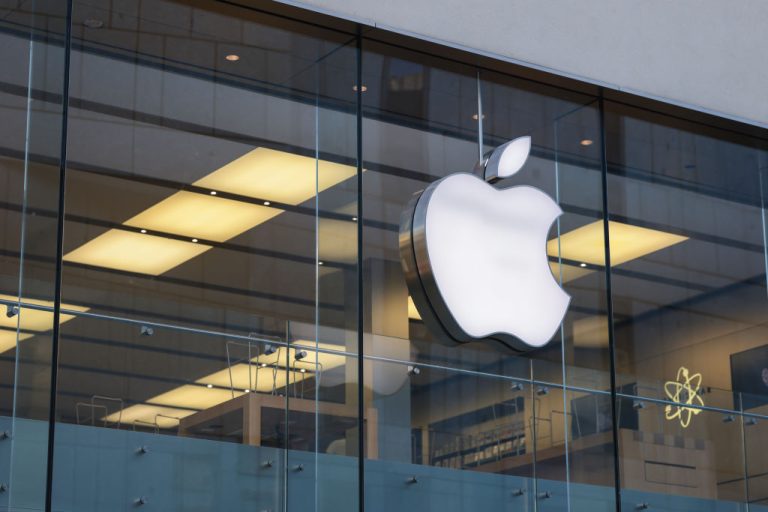Astrophysicists, astronomers and everyday space enthusiasts are on the edge of their seats anticipating the launch of the James Webb Space Telescope (JWST) that is scheduled to blast into orbit on Dec. 25, Christmas day.
The 10 billion dollar mission spearheaded by NASA has taken roughly 25 years to come to fruition. The incredibly complex endeavor was originally slated to launch back in 2007 however the telescope — that astronomers are calling the most powerful space telescope ever built — has been plagued with delays.
The James Webb Space Telescope was jointly developed by NASA, the European Space Agency (ESA) and the Canadian Space Agency (CSA). The telescope is the planned successor of the Hubble Space Telescope, NASA’s flagship astrophysics mission.
Viewers will be able to watch the lift-off on Saturday, 25 December 2021 at 12:20pm GMT (4:20 am PT / 7:20am ET) on Nasa’s website.
The telescope will be launching from French Guiana on South America’s north-eastern coast aboard a European Ariane rocket.
Success
You are now signed up for our newsletter
Success
Check your email to complete sign up
Once launched, assuming all goes well, the telescope will travel for 29 days to a unique orbit around the sun. It will orbit the sun roughly 1 million miles from earth, four times the distance to the moon.
Once it arrives in its orbit it will deploy a set of 16 gold-covered, beryllium hexagonal mirrors measuring 21 feet across. The mirrors are designed to capture ancient light emitted more than 12 billion years ago just after the universe was beginning to form.
What could go wrong?
The successful launch and deployment of the telescope is fraught with risk. “There are over 300 things, any one of which goes wrong, it is not a good day. So the whole thing has got to work perfectly,” NASA Administrator Bill Nelson said.
The risks are well worth it. The JWST has the ability to peer back in time 13.7 billion years, some 100 million years after the theoretical Big Bang and will provide humanity with images and data never before seen by mankind in all of its history.
The telescope will also be utilized for planet hunting. It is so sensitive that it can distinguish between artificial and natural light emanating from exo-planets, potentially providing evidence of other intelligent technological species within earth’s galaxy and beyond.
In addition, the telescope has the ability to analyze the composition of an exo-planet’s atmosphere allowing astronomers to determine if life is possible on them.
The JWST will be crucial in the quest to find extraterrestrial life; there’s a catch though.
The light the telescope is designed to capture will have traveled for billions of years. So, what we will be observing will have occurred billions of years deep into the past.
Nikole Lewis, deputy director of Cornell University’s Carl Sagan Institute said the JWST will be able to provide “an entirely new perspective on the universe that will be just as awe-inspiring,” as the Hubble Space Telescope.
What’s first on the JWST’s agenda?
NASA received 1,173 proposals for the observatory’s first year of operation. Proposals by astronomers on what the telescope is to be used for. Space enthusiasts around the world are clamoring for time on the telescope.
Klaus Pontoppidan, an astronomer and JWST project scientist told The Verge, “What is deemed most interesting is science that is considered transformational — that will change our view of the universe,” adding that “We don’t want the observatory to do things a little better than what has been done before. We wanted to answer fundamental questions that cannot be answered any other way.”
The Space Telescope Science Institute (STScI) was tasked with allotting the first time on the telescope to scientists from around the world. Of the original 1,173 proposals 266 were selected to be pursued first.
Caitlin Casey, an astronomer at the University of Texas, was awarded a staggering 208 hours with the JWST to fulfil her project, the Cosmos Web.
“The project will stare at a particularly large patch of sky the size of three full Moons, an area that spans up to 63 million light years across,” The Verge reported.
The project aims to create a portrait of the young universe capturing images of some of the earliest galaxies as they formed.
“If the Hubble Deep Field were printed on an eight-and-a-half by 11 sheet of paper, Cosmos Web would be like a 16-foot by 16-foot mural on the side of a building,” Casey told The Verge.
In all, there will be roughly 10,000 hours of observing time allotted to different groups in the first year of the telescope’s operation. Approximately 6,000 hours were given to scientists who submitted proposals and nearly 4,000 hours were already set aside for scientists who helped build the telescope. While there are more than 10,000 hours in a year, scientists allocating the time added more to the budget in order to accommodate any potential problems.















